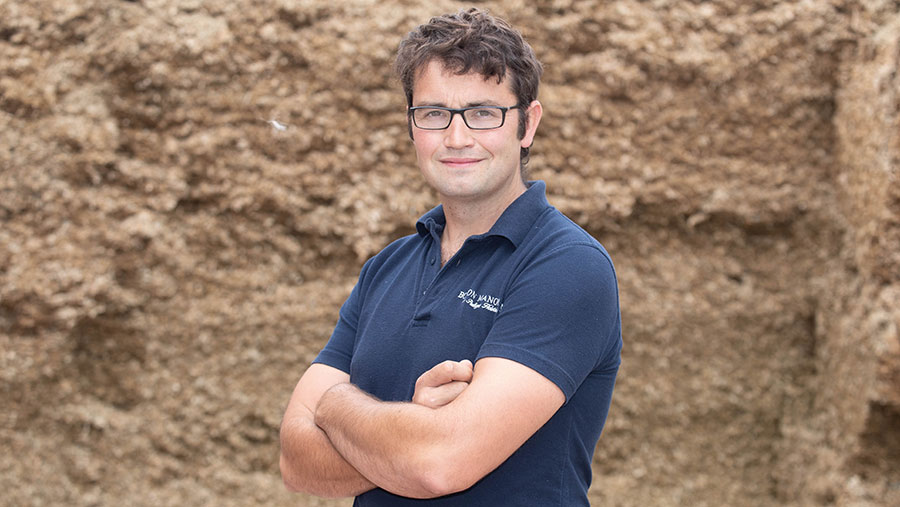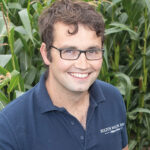Farmer Focus: Yields suffer as more cows head outside
 © Tim Scrivener
© Tim Scrivener Things have moved on quickly since my last article. The maize was drilled in the first three weeks of April in what became a very stop-start campaign, thanks to the weather.
The crop was soon well through and touching the underside of the film. However, more film has been lost than usual, owing to harsh winds, especially during the week after Easter.
See also: How a 540-cow dairy benefited from recycled bedding
Losing that protection so quickly after drilling seems to damage the plant for life.
The wheat has now had all its nitrogen and looks well overall, but the cold, wet winter has resulted in more variation than I’d like in the wetter, more marginal fields.
First-cut silage was taken in the first week of May. Although it was dry and went well, I wore a hat throughout, owing to the unseasonably cold and windy weather.
Yields were good, and grass has bounced back since we cut, but I fear a lack of sunlight will have affected the sugars in the grass and I’ll be interested to see the analysis.
We usually turn out the bottom 30% of the milking herd, but we’ve had to push that to 50% because of this summer’s building project, and it’s really hurt our yields.
The grazing group were yielding 30.5 litres when they were turned out and are now averaging 26 litres. Overstocking the building where the high yielders are hasn’t done them any favours, either.
They say you can’t make an omelette without breaking a few eggs, but it’s disappointing to lose the performance we’ve worked so hard to attain. We will hopefully be able to house the mid-lactation cows in early August.
We will work hard this summer to make as much high-quality forage as possible, aiming to house most cows 365 days a year. I believe you must play to your strengths, and grazing isn’t one of mine.
We have removed the old building roof and sold the cubicles and the mattresses that were still decent.
At time of writing, the frame is left to knock down and clear soon. We are ready to start fitting slurry channels and bolt boxes shortly after that.
It’s a daunting prospect, but will make a huge difference to the farm when complete.

